An AA battery is a common type you can use to supply great power for electronic devices at your house or workplace. It is convenient and versatile for the effective operation of electronic equipment. But this is only true when you know the voltage of AA batteries.
This figure can change depending on its features and sizes. Thus, you should consider this popular battery type’s standard size and its specifications for the proper voltage.
This article will cover information about these batteries, such as specifications, types, and performance guidelines. Besides, some basic AA battery usage scenarios also clarify how to economically and safely apply it to your cellular device.
What Is An AA Battery?
It is a small, cylindrical battery of Ni-MH, lithium, and alkaline compositions. This battery type is common and comes from brands such as Toshiba, Duracell, Energizer, and Atomic. Private label producers and smaller manufacturers often also produce this AA battery type.
Below is everything you should learn about this battery type, including features, dimensions, capacity, and size.
AA Battery Voltage, Dimensions & Capacity
| Name | Type | Voltage (V) | Typical Capacity (mAh) | Rechargeable |
| KR6, 1.2K2 | NiCd | 1.2 | 600 – 1000 | Yes |
| HR6, 1.2H | NiMH | 1.2 | 700 – 2800 | Yes |
| R6, 15D | Zinc Carbon | 1.5 | 600 – 1600 | No |
| LR6, 15A | Alkaline | 1.5 | 1800 – 2700 | No |
| FR6, 15LF | Li-FeS2 | 1.5 (1.8 max) | 2700 – 3300 | No |
| – | Lithium | 1.5 | 1000-2000+ | Yes |
| – | NiOOH | 1.5 (1.7 max) | 2200 – 2700 | No |
| ZR6 | NiZn | 1.6 – 1.65 | 1500 – 1800 | Yes |
| IFR14500 | LiFePO4 | 3.2 | 500-750 | Yes |
| CR AA | Li-MnO2 | 3 | ~2000 | No |
| -14505 | Li-SOCl2 | 3.5-3.6 | 2400-2700 | No |
| 14500 | Li-ion | 3.6 – 3.7 | 600 – 2000+ | Yes |
Voltage
The initial voltage of AA batteries is often 1.2V.
The electronic devices and appliances requiring AA batteries are mainly designed to operate in the 0.9 to 1.5 V range.
Eneloop AA batteries from Panasonic feature a low voltage but maintain a constant discharge rate of about 1.0V while using.
Alkaline batteries may have an initial voltage as high as 1.5V but will drop in voltage during use, deteriorating the device performance after a long time.
For easier access, you can refer to our AA battery voltage chart to check the accurate AA battery voltage. Here are some standard voltages for AA batteries:
Size
An AA battery has diameter x length dimensions equivalent to: 14.5 x 50.5 mm (0.57 x 1.99 inches).
Although the standard label is “AA,” other brands include MN1500, U12, Penlight, MX1500, 15D, 15A, Mignon, LR6, HP7, MV1500, Type 316, R6, depending on the used standard, chemistry, and country.
AA batteries differ in capacity, chemistry, voltage, and other characteristics and are the best of all new battery types introduced over time.
Capacity
AA battery capacity may depend on the battery chemistry and is measured in milliampere hours. So, the range of AA battery mAh can be from 500 to 3300 with a big difference.
Besides, the most popular battery types are non-rechargeable such as alkaline, and rechargeable, such as nickel-metal hydride, but lithium AA batteries are on the rise.
Types Of AA Batteries
The battery types are the first important thing you should consider before purchasing them due to their various retailers, manufacturers, and suppliers.
Scroll down to learn more about the most popular AA battery types appropriate for your applications.
Rechargeable AA Batteries
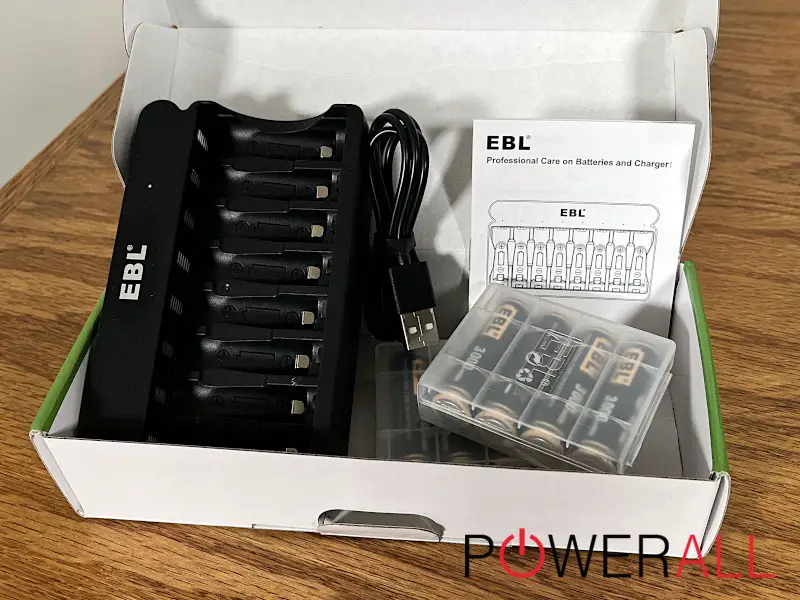
Other chemistries are available, but the NiMH type is arguably the most common rechargeable AA battery encountered today. The rechargeable battery pack is also a popular choice. You can combine many identical rechargeable double A batteries into one larger one.
NiCd or nickel-cadmium battery is an older type with a 1.2 nominal voltage and a capacity of 600-1000 mAh.
NiCd rechargeable batteries come with a high self-discharge rate and strong memory effect and can also deliver strong currents without affecting rechargeable batteries.
Modern NiMH batteries have low memory effects, low self-discharge rates, and more stable output voltages.
Yet, several models are suitable for high power usage and others for high-capacity operation. Therefore, you must check the device’s necessary output current when choosing NiMH rechargeable batteries.
Lithium AA Batteries
As a matter of fact, AA battery types can explode or leak when you put in the wrong charger. And Lithium-ion batteries may catch fire with shocking ferocity if mishandled enough.
Yet, standard AA Lithium batteries (non-ion) are supposed to be non-rechargeable. This AA battery type is an ideal option for short-term use, more robust in high-drain devices.
They can include digital cameras or a better choice for low-drain appliances suitable for an extended time. But, lithium AA batteries have a shelf life of about 9 years, which in the right equipment, may last longer than other AA types.
Alkaline AA Batteries
An AA alkaline battery is essentially the “standard” type, sold everywhere and used in almost all electronic devices that consume low power.
TV remote controls, toys and games, portable kitchens, grooming appliances, and multiple mobile phones with AV technology rely on AA Alkaline cells.
Besides, this battery type also supplies the power for cordless phones, off-grid accent lighting, wall clocks, and compact flashlights. This is one of the types of battery that provides economical mid-tier cell performance.
The main advantages of standard non-rechargeable AA alkaline batteries are that they are readily available, cheap in the short term, and suitable for a wide range of low-drain devices.
This common type also becomes the standard battery option. Also, when you need to frequently use a device with a battery power supply from AA batteries, remember to alter the cells when necessary.
FAQs
How Long Can AA Batteries Last?
AA batteries can last about from 5 to 10 years. However, it also depends on important factors such as devices, applications, frequency, or intensity of using the battery.
So don’t be surprised if your AA cells may last longer than the above ranges or run out of energy before 5 years. Besides, you should consider other factors affecting their durability, performance, and lifespan.
Can You Charge Your AA Batteries Without A Charger?
No, you can’t. We do not recommend charging your AA batteries without the dedicated charger. Doing so may cause the battery to overheat, catch fire, or explode.
How Can You Store AA Batteries?
Below are a few tips to help you store AA batteries for a long-time:
1. Place them properly, in a dry and clean environment with a suitable temperature, and out of the children’s reach.
2. Hold them in their original packaging till equipped for use – this now no longer best facilitates guarding new cells.
3. Don’t let batteries stay in the gadgets if you’re no longer going to use them for an extended time.
4. Keep them separately and carefully label them if you store an aggregate of present-day and partly used batteries.
5. Use a plastic garage box, private plastic bags, or place tape through the terminals for storing your batteries.
6. Periodically check and top-up rechargeable batteries, if you keep them for an extended time, as allowing them to discharge in the garage, can critically eat up their capacity.
7. Never overload, puncture, disassemble, or burn batteries.
How To Properly Install AA Batteries?
First, determine the positive and negative terminals of the AA batteries. For typical alkaline AA batteries, the flat side is often positive. You should see the small circular protrusion on the other side, as it is usually the negative end.
After identifying your battery’s negative and positive terminals, you may easily match them up with the appropriate markings on your electronic appliances.
Note that several appliances have a small metal tab to keep the battery working. These tabs must be undamaged and unstressed, as this can affect your appliances’ performance. Sliding this tab a bit and gently flipping it back in the correct direction might address the intermittent current.
Are AA Batteries Recyclable?
Yes, they are. Most AA batteries are recyclable, including both rechargeable and disposable batteries. They must be taken to domestic waste disposal facilities, recycled in municipal waste disposal facilities, or approved recycling facilities.
Besides, recycling AA batteries also gives significant advantages to the environment because of their material proportion.
For the most part, they are not properly disposed of in regular household waste bins. You should pay more attention to this.
In general, the simplest way to recycle AA batteries is to bring them back to the store the next time you want to purchase new batteries. Most places where AA batteries are also sold supply collection points for old batteries for recycling.
Conclusion
We’ve covered everything you need to understand about the double A battery voltage. You can choose based on its type, size, or other chemistry features.
AA is a staple battery of daily life that you may buy without considering the choices available to offer your equipment greater performance for better cost-effectiveness.
Yet, you must choose which cells are well-fitted to use, purchase and recycle from various manufacturers and suppliers. You should make multiple considerations for the different voltages, shelf life, chemical energy types, and storage of all AA batteries as well.
See more:

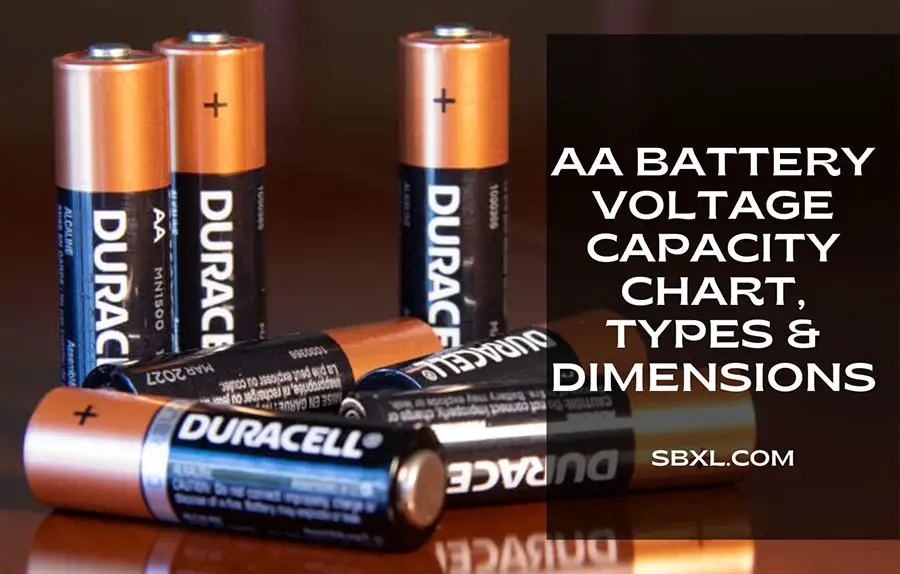

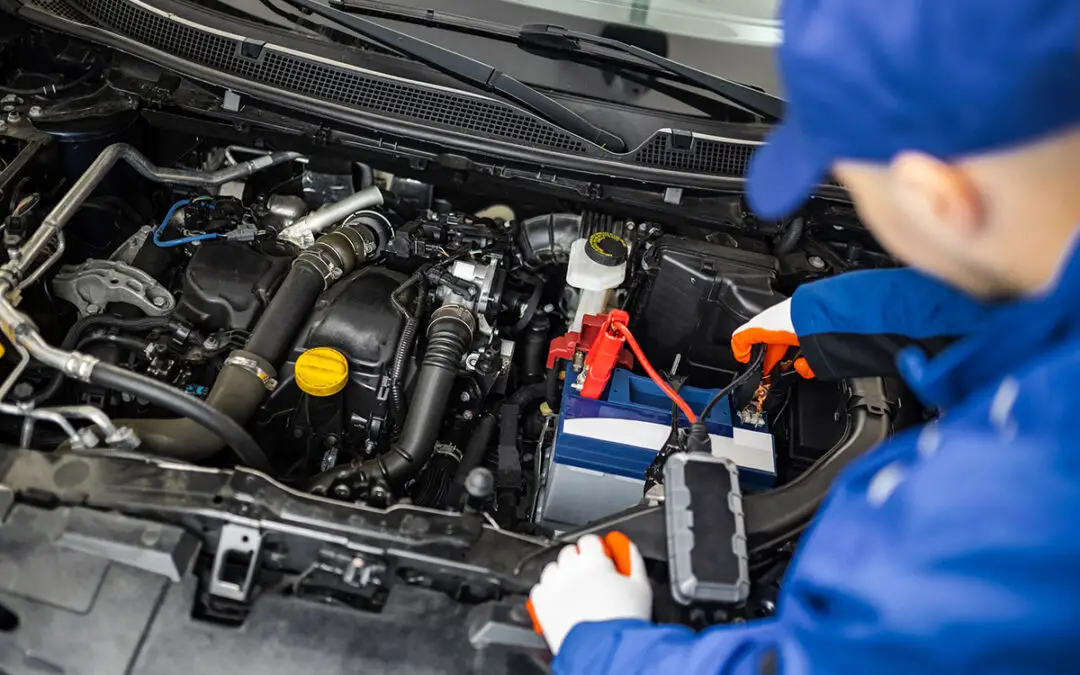

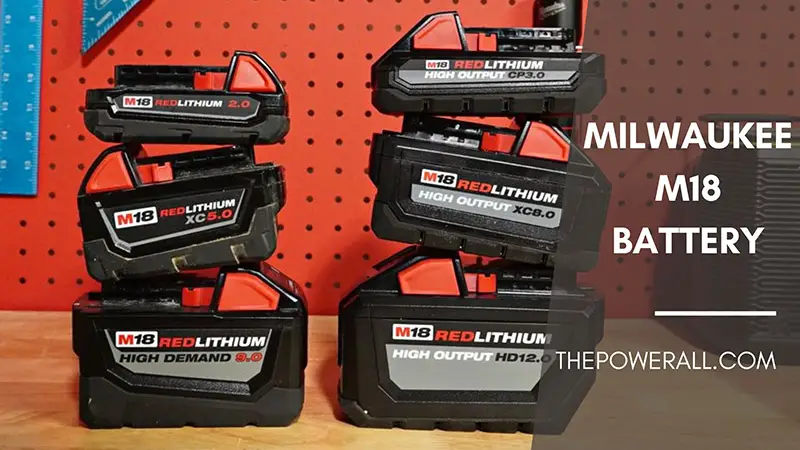


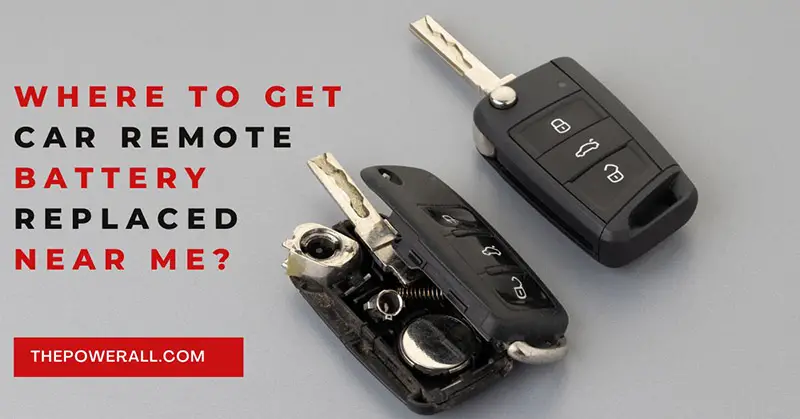
0 Comments